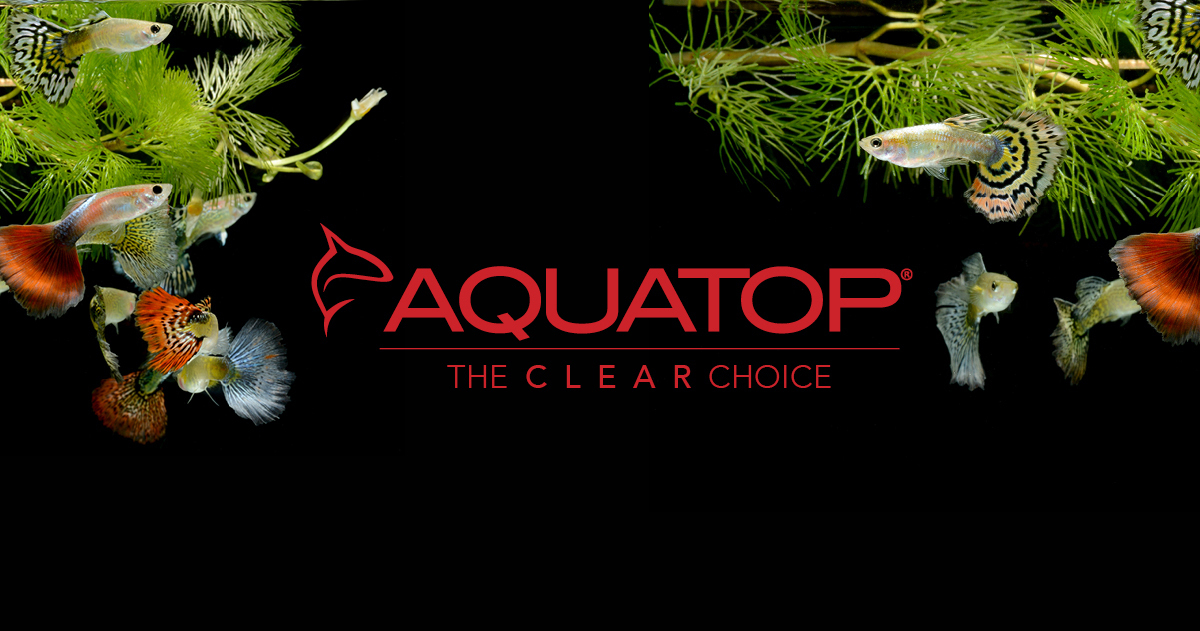Some filter cartridges/ pads have Zeolite and other things in them that can stop the filter bacteria from developing. Make sure any filter pads you have don't have anything weird in them. Sponge is the best filter media.
It's probably a good idea to test the tap water for ammonia, nitrite and nitrate too, just to make sure it doesn't contain any.
------------------
We used to charge $1.00 per test for people coming in to get water tested. It covered the cost of the test kits. If someone bought a tank set up from us, we gave them free water testing for the first month to get them through the cycle. We got them to bring a glass of tank water in 2 or 3 times a week for this. After the tank was cycled we charged them for the testing. Or if they were a regular customer and spent money, we might give them free testing before they buy any new fish.
If you are going to charge for water testing, have signs up saying "We now charge x amount for water testing. This is to cover the cost of the test kits." You can also have a list of what you test.
eg: ammonia test is $1.00
nitrite test is $1.00
GH test is $1.00
The pH test we didn't charge for because the stuff we used (Bromothymol Blue) only cost about a dollar and we got several hundred tests out of it. But the other kits cost a lot more and you get less tests per kit so it's a good idea to charge.
With a few of the test kits, you can fill the phial up half way to the line instead of right up to the line, and use half the reagents. We did this with pH in particular. The instructions say use 6 drops in 10ml of water. We used 1/3 of that water and a couple of drops to get the same results. Unfortunately you can't do this with KH or GH, and some nitrate test kits need a spoon of powder and reagents 1 & 2 so it doesn't work for them.
It's probably a good idea to test the tap water for ammonia, nitrite and nitrate too, just to make sure it doesn't contain any.
------------------
We used to charge $1.00 per test for people coming in to get water tested. It covered the cost of the test kits. If someone bought a tank set up from us, we gave them free water testing for the first month to get them through the cycle. We got them to bring a glass of tank water in 2 or 3 times a week for this. After the tank was cycled we charged them for the testing. Or if they were a regular customer and spent money, we might give them free testing before they buy any new fish.
If you are going to charge for water testing, have signs up saying "We now charge x amount for water testing. This is to cover the cost of the test kits." You can also have a list of what you test.
eg: ammonia test is $1.00
nitrite test is $1.00
GH test is $1.00
The pH test we didn't charge for because the stuff we used (Bromothymol Blue) only cost about a dollar and we got several hundred tests out of it. But the other kits cost a lot more and you get less tests per kit so it's a good idea to charge.
With a few of the test kits, you can fill the phial up half way to the line instead of right up to the line, and use half the reagents. We did this with pH in particular. The instructions say use 6 drops in 10ml of water. We used 1/3 of that water and a couple of drops to get the same results. Unfortunately you can't do this with KH or GH, and some nitrate test kits need a spoon of powder and reagents 1 & 2 so it doesn't work for them.


